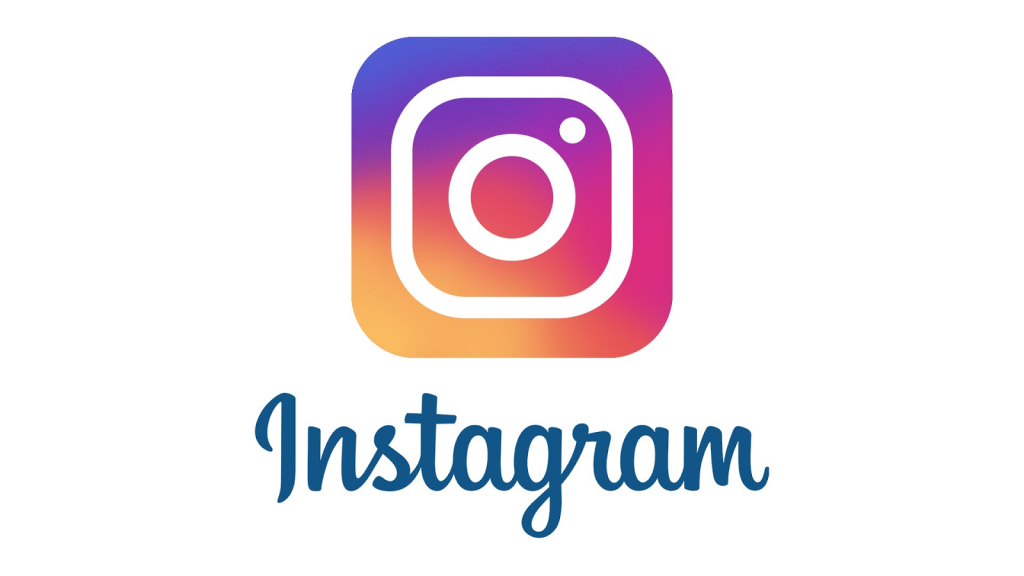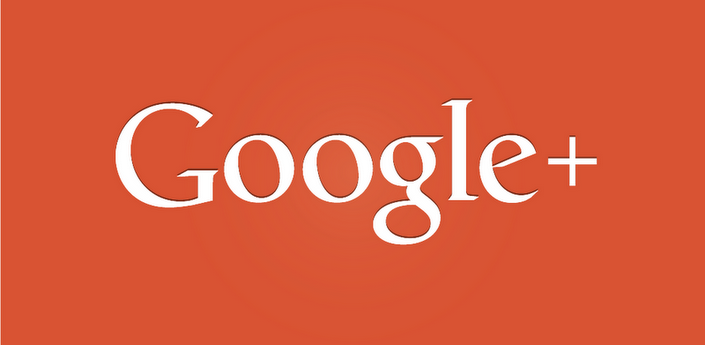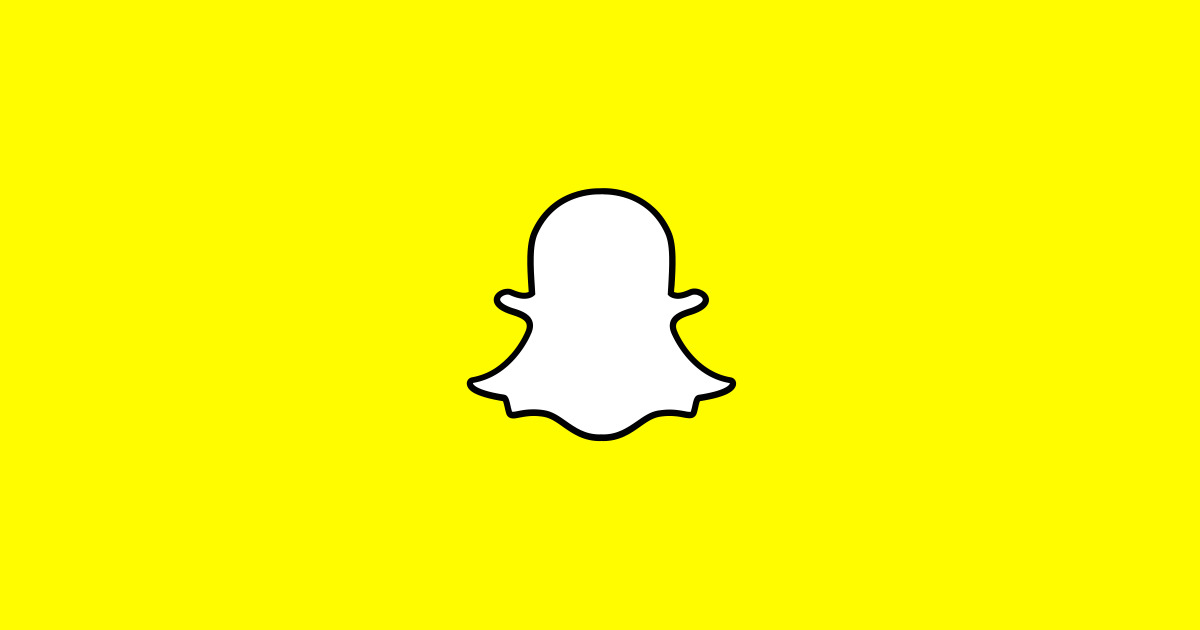Facebook? LinkedIn? Pinterest? A Complete Guide to Social Media Sites That Will Drive Leads Without Wasting Time (PART ONE)
Every Tuesday morning at 10:30, we here at Growbo have a content marketing meeting.
For the past couple of weeks, social media has come up again and again as a way for us to double traffic.
The root of all social media platforms, generally, is to generate and share content that appeals to your audience. You can then engage with that audience and drive leads.
I refer to social media as the low-hanging fruit for our company. That’s because most of our efforts have been on inbound tactics like evergreen content and keyword marketing.
These have stacked traffic steadily over time and continue to work well for us today.
But I want to add fuel to that growing fire. We have less than 1,000 visitors a month coming to our site from social media, so there’s certainly a big opportunity for growth there.
Looking at other marketing sites like Neil Patel's makes me realize we could be getting more social shares and increasing our audience.
By focusing more on social media for lead generation, we can reduce business risk. At least 70 percent of our traffic comes from organic inbound searches, which is great, but there’s definitely room for improvement when it comes to social.
Sometimes the best way to learn something is to teach it.
That’s what we’re going to do here in this two-part complete guide to social media. We’re going to give you a run-down of which social media sites are driving leads, what types of businesses are using them, and who their audiences are.
We hope you’ll learn a new thing or two about where to start with social media as you make your way through...

Quick overview: Mark Zuckerberg, Chris Hughes, Andrew McCollum, Eduardo Saverin, and Dustin Moskovitz created Facebook in early 2004. Today, Zuckerberg acts as the chief executive officer and chairman for the social media giant.
Facebook lets you post picture and text updates, connect with friends and family, and network.
Companies can create a Facebook Business Page for professional representation on Facebook, which you can use to generate ‘likes’ and awareness for your business. They can even sell products on their page (although services aren’t supported).
Who’s using it: According to Pew Research Center’s 2016 Social Media Update, Facebook is the most pervasive social media platform, with 79% of Americans using it. Compare that to LinkedIn, with 29% of users, Instagram with 32% of users, Pinterest with 31% of users, and Twitter with 24% of users.
Omincore Agency states that 87% of online users aged 18 to 29 years old are on Facebook. Still, the Meyer Foundation found that older adults use Facebook as well. Use is about split between gender (46% are male users and 53% are females).
Those in the 35+ camp represent 65% of Facebook’s population. These people have some money in their pockets, too. A good chunk of them (72%) earn more than $75,000 annually according to the Omnicore Agency.
Which businesses it’s best for: Traditional retailers tend to get a lot of use out of Facebook, suggests a report on Qwaya. Companies that are focused on online business marketing can also make great use of this social media platform.
Organic social media lead generation options: This refers to traffic earned because of posting interesting content or networking with others in Facebook Groups. Typically, social media tends to work best for directly generating sales for product companies. Facebook allows you to do just that, as you can sell your products right on your Facebook Business Page.
Paid ad options: Facebook Ads allow you to create ads that blend right into a user’s social feed. These aren’t free, and some ads are more expensive than others. You can use ads to create customer loyalty, increase sales, find leads, push brand awareness, and establish yourself as an authority.
Getting traffic is only part of the equation. You also need a sales funnel that will nurture and convert email subscribers who are ready to invest in your service. Download our “11 Point Sales Funnel Checklist” today to get started.

Quick overview: Twitter is a social media platform that thrives on brevity. You’re limited to about 120 characters per tweet, links included (although these are truncated). You can use the @ symbol to connect with other users and create tags using the hashtag symbol (#).
Who’s using it: According to Twitter itself, each month, 313 million people will tweet and retweet on Twitter. Many of them use the social media platform on mobile, 82% in all.
The Meyer Foundation notes how suburban and urban users favor this platform over rural users. The biggest age group is those 18 to 29 years old. Once again, it’s about an even split between which gender prefers Twitter more.
Which businesses it’s best for: There’s no limit to which businesses can benefit from Twitter. Startups and Fortune 500 companies alike can use it to build and engage with their respective audiences.
Organic social media lead generation options: Twitter isn’t always the greatest networking platform, admittedly. But Neil Patel said this social media channel generates about 10,000 to 20,000 visits a month for him.
For us, we only use it to promote our blog posts.
In the past, it’s worked best when you’re on it essentially all day. You’re putting out a lot of tweets and investing authentically in the platform. The focus is on promoting your brand and connecting with your audience through conversations.
Twitter can work, but the click-through rate from Twitter to a website can sometimes be low.
Paid ad options: Like Facebook, Twitter has its own advertisements called Twitter Ads. These are intended for various marketing campaign purposes, such as promoting certain tweets, pushing brand awareness, getting more followers, and redirecting more traffic to your website.

Quick overview: Instagram is a photo-sharing mobile app. Users create an account and can upload endless streams of pictures and videos with specialized filters. Accounts may be private or public.
Like Twitter, you can tag your pictures with the hashtag symbol. You can also use tags to search for pictures.
Who’s using it: Instagram is an app that’s hip with the younger crowd. The age range of users is those in their teens through their early 30s. According to the app itself, each day, more than 400 million users post and like pictures. Each month, more than 700 million log into the app.
Instagram is also a popular target for B2C marketers. The Social Media Marketing Industry Report from Social Media Examiner confirms as much, stating that 17% target Instagram for marketing purposes. Compare this to the 6% that use Pinterest and the 8% that use Facebook for marketing.
That’s probably because there are more than one million advertisers on Instagram.
Which businesses it’s best for: If you’re a luxury, fashion, food, or lifestyle company, Instagram is best for you, says The Next Web. Personalities and celebrities also thrive on this platform.
Organic social media lead generation options: Users engage with your photos or videos by commenting and liking (clicking the heart icon). With the separate Repost app, users can share your original post on their accounts.
Paid ad options: Companies will pay Instagram influencers to promote their content. This isn’t officially done through Instagram, though.
The social media app has recently rolled out Instagram Business. With a Business account, you can segment your audience by behaviors, interests, and location. You can also purchase video or photo ads.
Google+

Quick overview: Google’s social media platform, Google+ allows those with Gmail accounts to connect and share content with one another.
There are topic-centric Collections, much like Pinterest (which we’ll cover next week in the second part of our complete social media guide). You can join Communities and connect with new users that way. If you like a user, you can add them to your circles.
Who’s using it: Although lesser-known than some of the other social media platforms we’ve covered, plenty of people are on Google+. Statistic Brain notes there are 375 million users signed up, and 27 million of them sign in each month.
More than half, or 55%, are from the US. Most are 35 or older. Males are the majority users (roughly 73%), with females representing far less of the Google+ user base (just about 27%).
Marketers will use Google+, but not many (40%).
Which businesses it’s best for: Bloggers, B2B networkers, and major brands benefit the most from Google+, says The Next Web.
Organic social media lead generation options: Your Google+ account can link to your Google My Business page. That gives you another means of connecting with your customer base.
The Collections and Communities mentioned before are also useful for an organic lead generation. You can start your own Community or join a relevant one and connect with potential leads that way.
Paid ad options: If you already use Google AdWords for marketing, you might want to try Google+’s +Post Ads. These ads get posted outside of Google+. You can even manage your ad campaigns through AdWords.
Snapchat

Quick overview: Part social networking, part photo-sharing, and part instant messenger, Snapchat takes the best parts of your favorite social platforms and rolls them into one.
Users can create stories, which may include text, to send to others for a limited time.
Who’s using it: This is another app that appeals to the younger crowd. Stats resource Expanded Ramblings states how most users (71%) are between 18 and 34 years old. Each day, 166 million people use the app, and each month, 301 million users log in.
As of 2017, users send out three billion daily snaps.
Which businesses it’s best for: Companies that want to focus on brand awareness will get the most out of Snapchat.
Instagram may have stories now, but Snapchat started it first. If your brand is planning an event, such as a trade show or product launch, Snapchat can give customers a sneak peek.
Organic social media lead generation options: You can follow users who click and view your stories, giving you reliable and consistent leads. You can also take advantage of paid advertising…
Paid ad options: Snapchat Ads are ideal for lead generation and selling your products. You can even track how long a user looked at one of your interactive ads with Sponsored Lenses, a special type of ad.
Conclusion
Ready to start using social media to your advantage? Drive more leads with our done-for-you funnel service.
Time is limited, especially as a solo-preneur. You can refer to this guide as a quick reference if you’re trying to decide which social media sites are worth your time and money. The platforms we’ve covered have a proven track record of success.
To review:
- Facebook is still arguably the most popular social networking platform. Make your own Facebook Business Page and utilize Facebook Ads for best success.
- Twitter is a great way to connect directly with your audience, as you can tweet at specific people and retweet (or share) their comments.
- If you can find an influencer on Instagram to post about your brand and its products, you can experience great success on this platform.
- Google+ is one of the least popular social platforms, but it still has its place. Consider starting a Community to find leads in your niche.
- Although its users skew younger, Snapchat has a wealth of advertising opportunities worth looking into.
In part two of this guide, we’ll dive into more social media, including Pinterest, LinkedIn, and YouTube. Make sure you check back next Tuesday!
Are you currently using any of these social media platforms to drive leads? If so, which ones are working best for your type of business? Let me know in the comments below.
Keep Hustlin’, Stay Focused
—Matt














